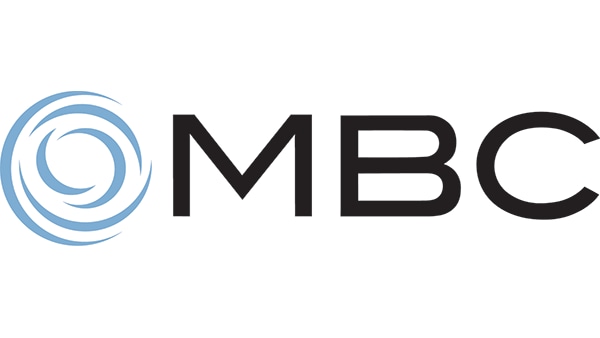Uplifting communities
Without high-bandwidth connectivity to enable everything from remote work and entrepreneurship to video streaming, virtual education, and telehealth, many rural communities in the United States have been left behind in the digital age. But that's not the case in Southern Virginia, where Mid-Atlantic Broadband Communities Corporation (MBC) is working to uplift local communities and drive economic advancement.
"As a 501(c)(4) social welfare organization, we support and help stimulate job creation, commercial investments, and innovative programs that aid the people of Southern Virginia," says Liz Smith, senior marketing and communications manager at MBC.
It all starts with broadband connectivity, she explains.
MBC provides an essential middle-mile fiber network that connects national carriers and service providers with schools, healthcare organizations, businesses, and citizens in 41 rural communities. Its 2300-mile network supports 200 cell towers, 650 customer locations, and 15,000 near-net locations.
Amidst rising demand for 5G mobile services and with its 10 Gigabit Ethernet ports nearing capacity, the company recently made the decision to upgrade its network backbone and increase the bandwidth delivered to cell towers.
"We initially thought we would go to 100G, which seemed like the next logical step," explains Mark Petty, vice president of network operations at MBC. "But as we evaluated multiple vendor solutions, the advancements Cisco has made with coherent optics were really eye opening and transformed the possibilities."


